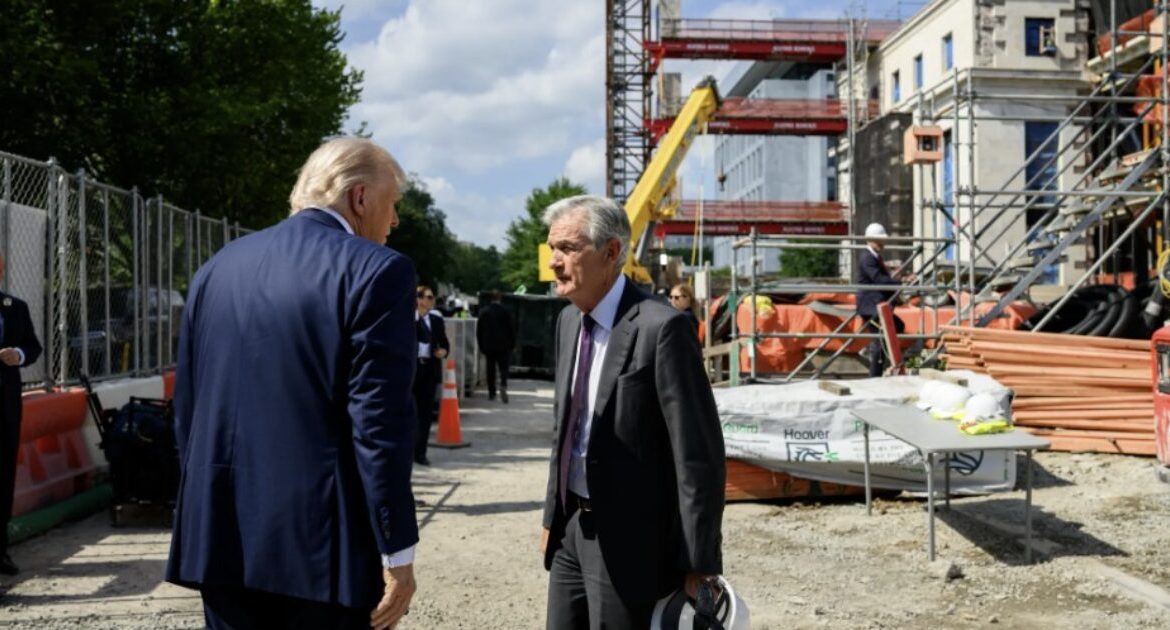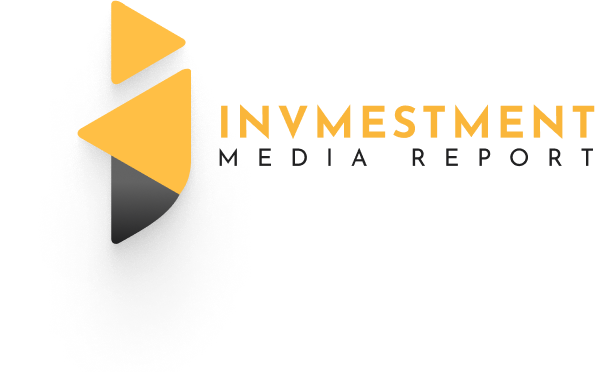
Trump White House vs. The Fed: Why Firing the Chairman Could Be Legal and Justified


President Trump has been criticized for saying he would like to fire Federal Reserve Chairman Jerome Powell. Opponents call the idea politically motivated and unprecedented, warning that dismissing Powell, whose term has less than a year remaining, would undermine the Fed’s independence and destabilize financial systems.
First, the President was elected by the American people to act in their best interests, not to serve the world. If firing the Fed Chairman benefits the U.S., then the impact abroad is secondary. Just as Trump challenged NATO on defense spending, pressed Europe over unfair trade, and questioned endless foreign aid, his decision to hire or fire U.S. officials is a matter of sovereignty, not global consensus.
Second, replacing Powell would not leave the Fed leaderless. A new chairman would step in immediately, ensuring continuity. The idea that removing Powell would plunge the economy off a cliff is alarmist and unfounded.
Before addressing the rest of the objections, it is useful to review what the Federal Reserve actually does. The Fed is a hybrid institution blending public and private elements, designed to serve the public interest while maintaining independence from political control.
The system is overseen by a Board of Governors, seven members nominated by the president and confirmed by the Senate. From among these, the president selects the Fed chairman, who serves a four-year term with Senate approval. By law, the president can remove any governor “for cause,” broadly understood as malfeasance, neglect of duty, or inefficiency. However, the law does not explicitly define what constitutes sufficient “cause” for removal, leaving this determination subject to legal interpretation.
The twelve regional Reserve Banks are owned by member commercial banks, giving the Fed its quasi-private character. This structure was deliberately created to shield monetary policy from short-term political pressures. Across the globe, about half of central banks are privately owned. Some countries, like China, keep their central bank fully under government control, while others, such as Switzerland, Belgium, Italy, and Japan, opt for quasi-private structures that allow independent decisions insulated from elections.
The Federal Reserve’s primary responsibilities include regulating banks, managing the money supply, and pursuing its dual mandate of maximum employment and stable prices, with a 2% inflation target. A central tool is the federal funds rate, the overnight rate banks charge each other. Raising it makes borrowing more expensive across the economy, slowing activity and easing inflation. Contrary to popular belief, commercial banks don’t profit from higher rates; capital becomes more expensive for everyone, including banks. The federal funds rate influences mortgages, loans, and savings rates, directly shaping consumer confidence. To ensure accountability, the Fed Chair testifies before Congress, balancing transparency with independence.
The fight between Trump and Powell centers on interest rates. Trump believes Powell has been “too late” in cutting rates and has repeatedly criticized him for failing to act aggressively enough to stimulate growth. Trump has said, “We have a man who just refuses to lower the Fed rate,” arguing that lower rates would boost performance and reduce government debt payments.
Presidents have often clashed with Fed chairs for this reason. Presidents push for lower rates to spur growth, while the Fed raises them to contain inflation. The danger is that a politically motivated chair could manipulate rates to help or hurt a president. Trump believes Powell is doing exactly that, accusing him of bias: “Powell cut rates numerous times ahead of the election when Joe Biden was in this Oval Office, but now he refuses to when the economy is in a much better place.”
Trump has also seized on the Fed’s costly headquarters renovation, which ballooned from $1.9 billion to $2.5 billion, suggesting this could amount to “fraud” and justify Powell’s removal. At the core of Trump’s argument is the fact that lower rates would stimulate borrowing, investment, and growth, while also reducing debt payments. He wants monetary policy aligned with his trade agenda rather than working against it.
Powell has countered that tariffs are to blame, saying, “We went on hold when we saw the size of the tariffs, and essentially all inflation forecasts for the United States went up materially as a consequence.” This creates a direct policy conflict: Trump wants both tariffs and lower rates, while the Fed sees these as incompatible.
Powell is making a basic error often seen among non-economists, and notably, he is one of the first Fed chairmen without a PhD in economics. By contrast, his predecessors Janet Yellen (Yale), Ben Bernanke (MIT), and Alan Greenspan (NYU) all held doctorates. Powell mistakenly treats higher prices for imports as inflation. In reality, inflation is a monetary phenomenon caused by expanding the money supply and credit, not tariffs.
Tariffs create one-time price increases for imports, while true inflation results from monetary expansion. Fed policy should be able to accommodate tariff-driven price shifts without labeling them inflationary.
This is why Trump’s stance, favoring both tariffs and lower interest rates, is not the contradiction Powell suggests. Lower rates could stimulate domestic production to replace costlier imports, while tariff-induced price changes remain relative adjustments, not monetary inflation. Trump argues the Fed is conflating these two phenomena and using it as an excuse to avoid cutting rates, even when conditions might justify easier policy.
The post Trump White House vs. The Fed: Why Firing the Chairman Could Be Legal and Justified appeared first on The Gateway Pundit.
